I Can't Cope
by Ahmed Kashi


1. Step1: Cues and difficult words
1.1. Difficult words
1.1.1. Churning:
1.1.2. "she should pull herself together"
1.2. Cues
1.2.1. Female, 40 Y, secretry
1.2.2. Visting her GP
1.2.3. Difficulties in sleeping and multible morning awakenings
1.2.4. Churning in the stomach + palpitation in the morning
1.2.5. Anxious and irritibale with her family
1.2.6. onset of symptoms
1.2.6.1. 9 Months
1.2.7. Cannot cope + loss of confidence
1.2.8. problem with concentration and decision making
1.2.9. Affecting her work and home life
2. Step2: Problem formulation
2.1. A 40 year old secretery female having difficulties in sleeping associated with palpitation, irritibilty and anxiety started 9 months ago. Currently, impaired concentration and decision making problems have evloved and lately affected her work and daily life.
3. Step3: Hypothesis generation
3.1. Stressor >> somatic defence and anxiety
3.2. Palpitation >> epinephrine being preoccupied affecting her life
3.3. Why in the morning? anxious people tend to think of the stressors early in the morning
3.4. Loss of confidence >> affecting her decision making and concentration
3.5. Stress >> sympathtic activation >> Hypothalamic- pitutary- adrenal activation >> cortisone release
3.6. Suffering for 9 m >> as a result of the stress ( work ) >> poor cope strtategy >> Somatic symptoms
3.7. sleeping difficulties + multible awakenigns + poor cope + husband pressure and work >> Major deprresive disorder
3.8. Cannot cope .. Early morning awakening ? Sleep disorder secondary to a primary disorder
3.9. Anxiety >> depressive state ( explained by loss of confidence )
3.10. Adjusment disorder: inability to cope with new stressors
4. Step4: orgnization
4.1. Primary
4.1.1. Psychiatric problem
4.1.1.1. Anxiety disorders:
4.1.1.1.1. Panic disorders
4.1.1.1.2. GAD
4.1.1.2. Mood disoders
4.1.1.2.1. Depression
4.2. Secondary
4.2.1. Organic
